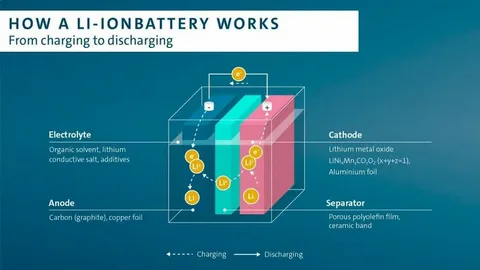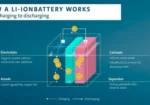Lithium Battery Definition and Basics A lithium battery is a rechargeable energy storage device that harnesses the movement of lithium ions to generate electrical power. At its core, it consists of four main components: an anode, a cathode, an electrolyte, and a separator. The anode is typically made of graphite or a similar material, while the cathode is composed of various lithium – containing compounds such as lithium cobalt oxide, lithium iron phosphate, or lithium manganese oxide. The electrolyte, which can be a liquid or a solid, allows the lithium ions to move between the anode and the cathode. The separator prevents direct contact between the anode and the cathode, thus preventing short – circuits.

